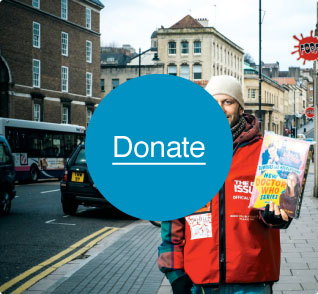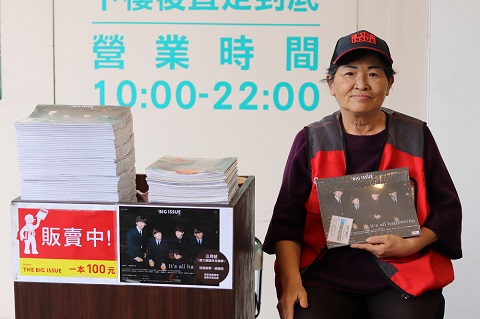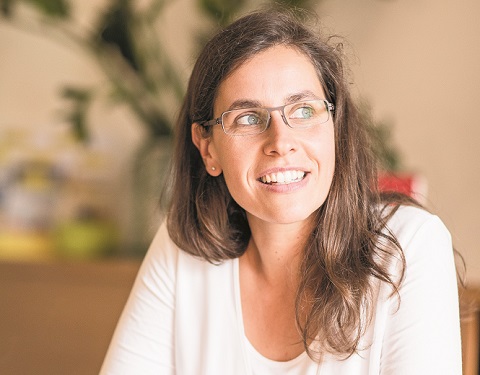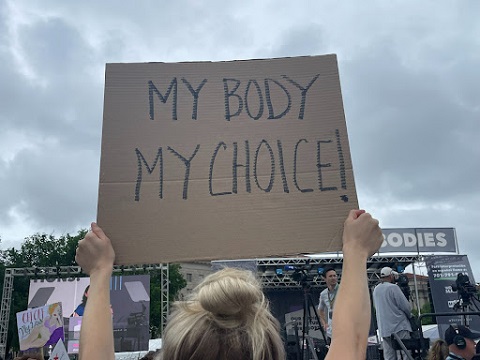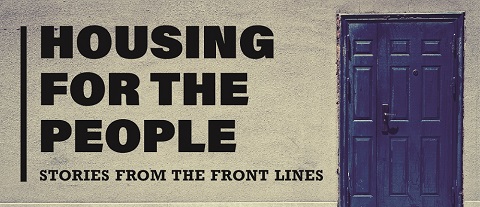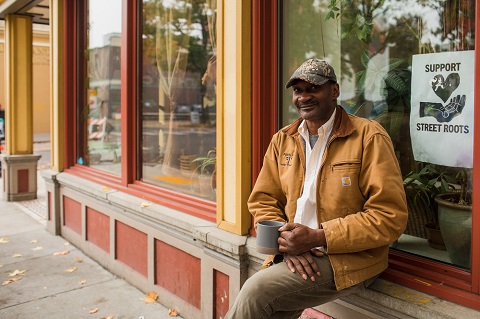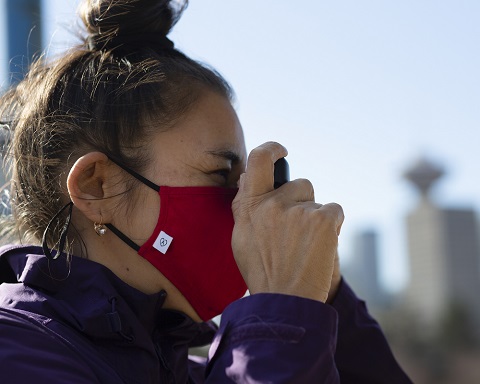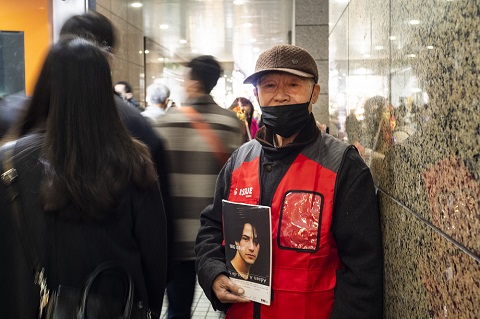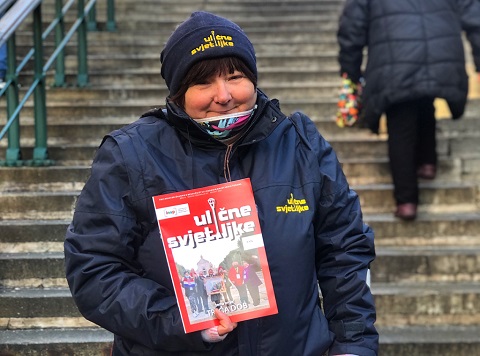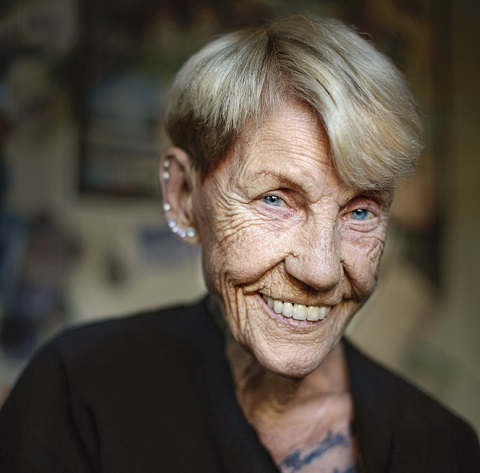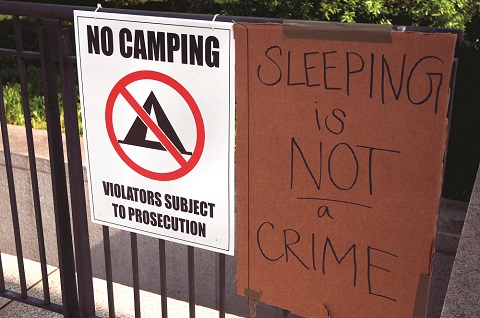By Helen Hill, Street Roots
In a recent kick-off fundraiser for the Bybee Lakes Hope Center, a recovery program proposed for the never-used Wapato Jail [in north Portland], real estate magnate Jordan Schnitzer, who owns the controversial taxpayer boondoggle, claimed ticket sales have suffered at the downtown symphony that bears his mother’s name because “people are afraid to walk by all the homeless people.”
Should the public be afraid of homeless people?
Not according to research.
A person experiencing homelessness is less likely than a housed person to commit a violent crime and is actually more likely to be a victim of violence, the Washington State Department of Commerce notes in its “Homeless Myths and Facts” fact sheet.
“A person who is homeless is no more likely to be a criminal than a housed person, with one legal exception: camping ordinances. People who are homeless break that law merely by being homeless,” according to the fact sheet.
We asked Street Roots vendors who live, or have lived, on the streets about their thoughts about the public’s image of homeless people as dangerous.
I asked vendor and poet Daniel Cox if there was any reason to be afraid of walking by people living under tarps.
“Not really,” he said. Dan believes many people are afraid of catching what he calls “the homeless disease.”
“That disease is poverty,” he said. “The social community has a responsibility, like I have a responsibility not only for myself but for those around me. People either respond with fear, apathy or they respond with kindness out there. I guess it’s wired somewhere in us to be fearful of what we don’t understand.”
“They have this wild imagination that homeless people are going to attack and hurt them. Homeless people have that too.”
For eastside vendor John Smith, it’s all about where you go.
“It’s the stigma that goes along with homeless. You see so many of us acting out, so it becomes ‘beware,’” he said. “I do think homeless people are dangerous in certain areas; there are areas I won’t go into.”
DJ agreed: “Sure, I don’t go to certain places after dark, like by the old Greyhound Station. At night, don’t go down that way. But middle- and upper-class people, I think a large part of it, maybe it’s subconscious, but I think they realize it could have been them. Maybe they are afraid of seeing what could happen. I could be wrong, but that’s why I always say, ‘hi, how are you doing,’ so I can let people know that it’s not the end of the world.
“I had a friend who said, ‘Why do you say hi?’” DJ said. “He thought I was spanging [asking for spare change]. If they give it to me, I won’t say no, but I say hi because I want people to know we are still people. I am no less than anyone out there. No more or less. But a lot of people look at you like you are an animal, like you are in a zoo. You can’t tell what is behind a person.
“I think back to when I was middle class, had a job and a career and all that,” DJ said. “I didn’t have much interaction with the homeless. It’s a shame because we are just the same; there’s no difference between a homeless and middle or upper class. Many of them are just scared of us.
“I would like for them to realize there are probably more criminals, murderers that come from jobs and middle-class backgrounds than homeless. It can be dangerous, yes. I’ve met some really bad people in the past nine years, but I’ve also met some of the nicest, best friends I’ve had in my whole life. People that I can totally respect. I know they don’t want anything from me because I don’t have anything. All I can do for them is be a friend to them. What I like to do is listen. Lending an ear is just what anyone wants. To have someone hear them, it is such an important thing; it gets lost.”
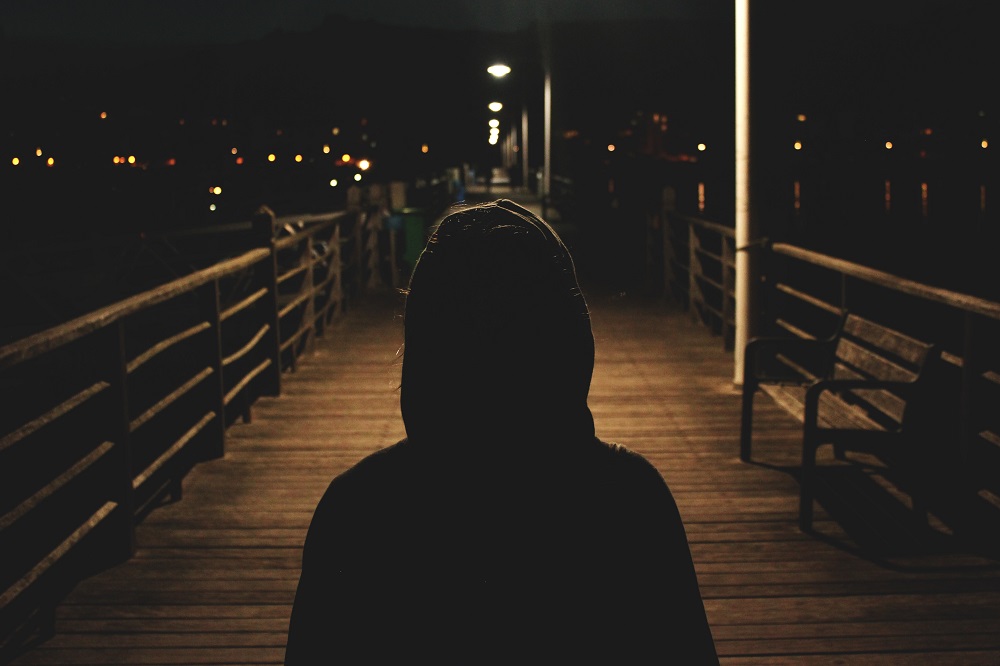
New vendor Raven Drake also spoke to the stigma and public misconception surrounding homelessness.
“I walk past a lot of tents in the evening and have never had a problem. It’s much like watching the news; for all the good in the world, they only focus on the bad. People’s image of us is that we’re out here because we are trouble and violent. For the most part, we are out here trying to survive and do better for ourselves, get indoors and get something going in our lives; we aren’t here with malicious intent. Most people don’t like to remember that most of the time they are one paycheck away from being in our situation.”
Many vendors believe the divide between homeless and housed has widened because the two don’t talk to each other.
“There is so much conflict between the houseless and the housed; that’s all you see,” Chris Drake said.
Chris recalled a conversation with a woman he had on public transit.
“I was upset and this person was friendly on the MAX train,” Chris said. “She asked if I was having a bad day, and I said I was houseless and I’d just seen people getting harassed because they were sleeping under a bike rack with a tarp trying to keep themselves dry, and I’d heard hateful comments like ‘ugly, nasty, disgusting bum,’ and ‘I wish Portland would clean this up.’ And so this lady said, ‘I don’t think that’s the way it is, but I understand how they are feeling because there’s a lot going on in Portland.’”
Mark Rodriguez lived on the streets in downtown Portland for three years and four months. He got into housing over Christmas. He feels the fear factor goes both ways.
“People either respond with fear, apathy or they respond with kindness out there. I guess it’s wired somewhere in us to be fearful of what we don’t understand.”
“I just had this discussion the other day about how people disassociate from different kinds of people, especially people who are homeless,” he said. “They have this wild imagination that homeless people are going to attack and hurt them. Homeless people have that too. They have this thing that (housed) people don’t like them and they are going to throw rocks and hurt them. So it’s both sides. But what is it, maybe one person in a hundred for both sides? The other 99 on both sides are just people trying to survive and live. Right?”
Longtime vendor Dan Newth also said the perception that all homeless people are dangerous is unwarranted. For him, too, it is all about common sense and staying out of unsafe places.
“Homeless people have the same dynamics as everyone else,” he said. “There is a section of them with mental health issues. They don’t have the self-control on their actions. But the majority of homeless people aren’t violent. The area around Lents, the Springwater Corridor, being around some of those camps at night is not safe. I tend to avoid unstructured camps. Dignity is safe. Right 2 Dream Too is safe. Downtown Portland is safe most of the time; the area around the symphony is a completely safe place. I can never recall being intimidated around that area.”
Vendor Dax believes housed people can be dangerous because they can call the police and create problems for the homeless.
“I feel housed people are more dangerous,” she said. “Most of them tend to not have had the experience of living outside when it is raining or freezing cold. I think walking by housed people is unsafe, their attitudes, you see the real side of housed people; they think we are dirty. They can call in and get you in trouble. Even though they are not physically dangerous, their thought process is.”




